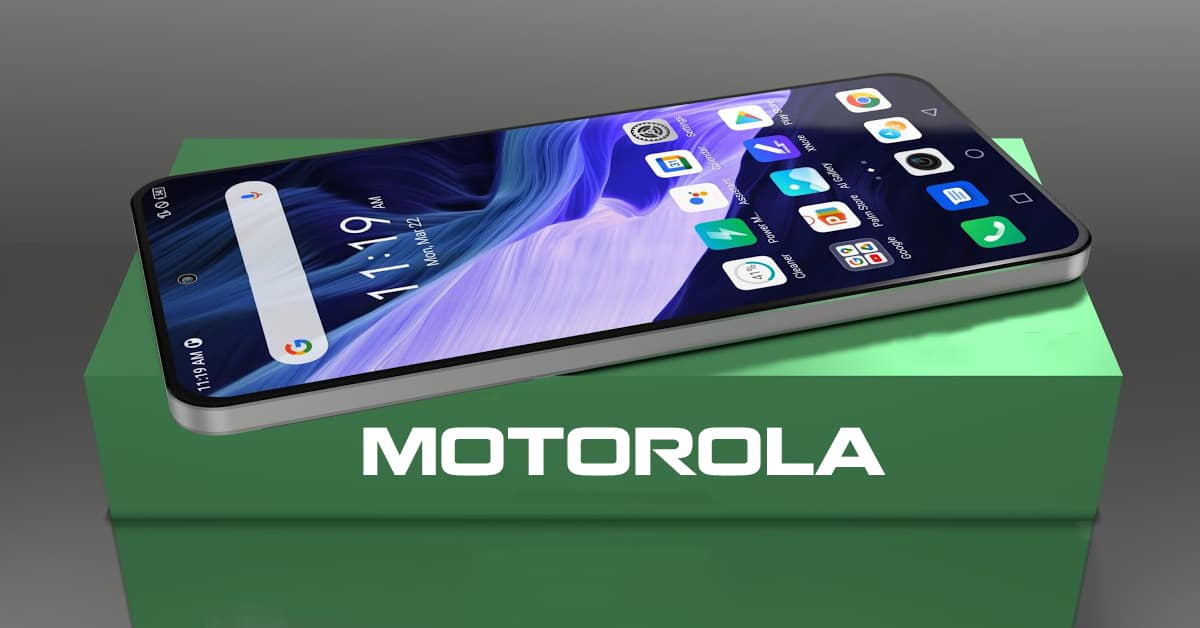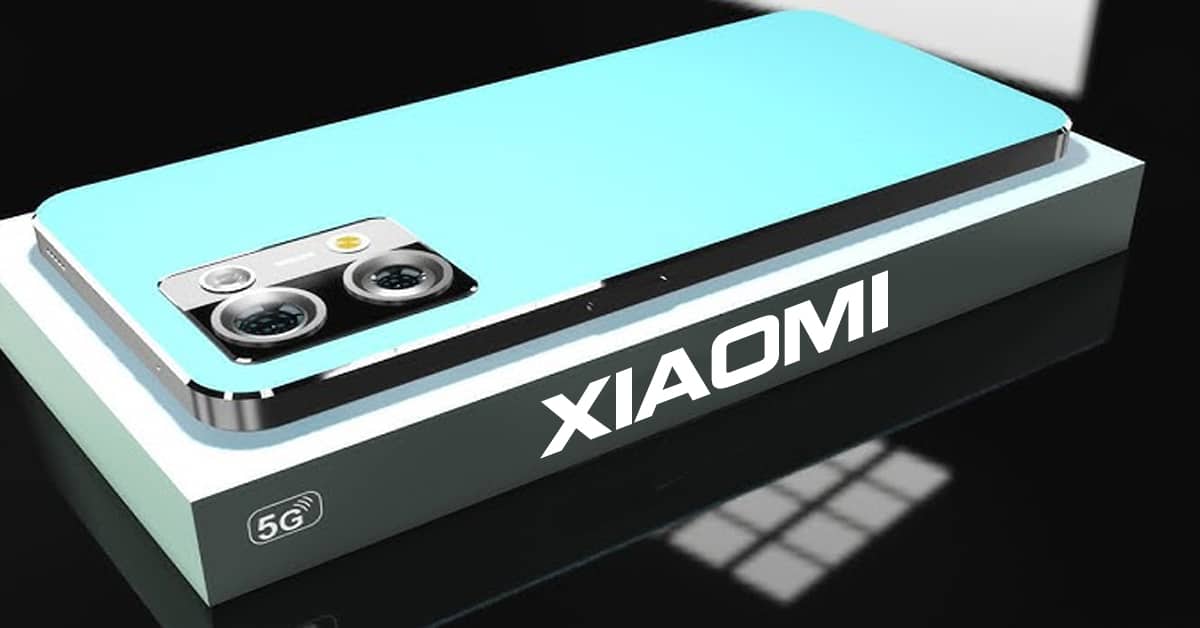Samsung Galaxy S9/S9 Plus review: first variable aperture, Android Oreo 8.1
Samsung has just introduced the new Samsung Galaxy S9 and Galaxy S9+ flagship duo in Barcelona. Keep track on our Samsung Galaxy S9/S9 Plus review right below!

Samsung Galaxy S9/S9 Plus review
According to our sources, the two new devices are helping Samsung’s 2018 smartphone portfolio with new hardware but old looks. So far, Samsung has trimmed the screen bezels and smaller footprints. Besides, the Infinity Super AMOLED screens come with Quad HD resolution. Moreover, Samsung brings new Bixby features such as live translation, places suggestions with burnt calories tracking. In addition, AR Emojis, better KNOX and Intelligent Scan unlock come alongside Android Oreo 8.1.
Both the Galaxy S9 and S9+ will run on the latest Exynos 9810 everywhere, except North America and China using Snapdragon 845. In details, the Exynos 9810 chipset allows for 4K capturing and playback at 120fp, but the Snapdragon 845 cannot. Meanwhile, the downlink speeds of both chipsets are the same (1.2Gbs). In contrast, the Exynos uplink speeds (200Mbps) is a little faster than Qualcomm’s (150Mbps). However, the new Adreno 630 GPU seems to be slightly behind Samsung’s Mali G-72 regarding graphics performance.
The 12MP main camera on both phones is now first capable of variable aperture, between f/1.5 and f/2.4. Moreover, the camera support image stacking. So far, the noise reduction (4-frame stacking) offers 30% less noise and more fine detail in the low-light images. Meanwhile, the Galaxy S9+ is exclusively getting a secondary telephoto camera. Both smartphones support 4K at 60fps capturing in the new HEVC format (720p slow-mo recording at 960 fps). The slow-mo has a quicker cool down time (2s). No updates for the batteries. Besides, there is a premium AKG by Harman stereo speaker setup with Dolby Atmos support (40% louder than S8).
What should we notice about Samsung effort this time?
Samsung Galaxy S9 duo flagships are what Samsung fulfils the missing on S8 predecessors. Since that’s not just PR talks, the phones begin the slow-mo sequence automatically thanks to a new clever AI algorithm (with new blazing chipsets). Also, there is one more thing Samsung did better than Sony – an easy edit over the captured clip. After you are done the shooting, you get a very intuitive preview with all the slow-mo moments clearly visible and easily editable. Indeed, it’s obvious that Samsung has worked a lot on bringing a meaningful slow-mo experience to its users, not just the tech and a raw footage. And that could mean the world for the mainstream user. Stay tuned with us for more hands-on review of this couple up next!






